Arthritis affects up to 80% of Golden Retrievers over eight years old, making comfort management one of the most critical aspects of senior dog care. Unlike humans who can verbally communicate their pain levels and preferences, Golden Retrievers rely on their caregivers to recognize discomfort signals and implement appropriate comfort measures. The stoic nature of Golden Retrievers often masks the full extent of their arthritis pain, making it essential for owners to understand comprehensive comfort strategies that address not only physical pain but also the emotional and psychological impacts of chronic joint disease.
Providing comfort for an arthritic Golden Retriever extends far beyond pain medication, encompassing environmental modifications, lifestyle adaptations, physical therapy techniques, and emotional support strategies. The goal shifts from simply managing symptoms to creating a comprehensive comfort plan that maintains quality of life, preserves dignity, and supports the continued joy and engagement that define these remarkable dogs. Success requires understanding the multifaceted nature of arthritis comfort and implementing coordinated approaches that address all aspects of this chronic condition.
Modern veterinary medicine offers numerous tools and techniques for managing arthritis comfort, from advanced pain medications to alternative therapies, environmental modifications, and supportive care strategies. The key lies in developing individualized comfort plans that consider each dog’s specific arthritis pattern, severity level, concurrent health conditions, and personal preferences. By combining medical management with thoughtful comfort measures, owners can significantly improve their arthritic Golden Retriever’s daily experience while maintaining the active engagement and happiness that make life meaningful.
Understanding Arthritis Pain in Golden Retrievers
Types of Arthritis-Related Discomfort
Arthritis creates multiple types of discomfort that require different comfort approaches, making it essential to understand the various ways this condition affects Golden Retrievers.
Joint Pain: Direct pain from inflamed, damaged joint surfaces creates constant discomfort that worsens with movement and weight-bearing activities. This primary pain source often drives most behavioral changes seen in arthritic dogs.
Muscle Tension and Spasms: Compensatory movement patterns and muscle guarding around painful joints create secondary muscle pain and tension that can be as uncomfortable as the original joint problems.
Stiffness and Reduced Mobility: Joint stiffness, particularly after rest periods, creates discomfort and frustration as dogs struggle to move normally or engage in previously easy activities.
Inflammatory Discomfort: The inflammatory process itself creates generalized discomfort, fatigue, and malaise that affects overall well-being beyond specific joint pain.
Pain Patterns and Severity Assessment
Morning Stiffness: Most arthritic Golden Retrievers experience increased stiffness and discomfort after periods of rest, particularly in the morning or after long naps.
Weather Sensitivity: Many dogs show increased discomfort during cold, damp weather conditions, with symptoms often worsening 12-24 hours before weather changes.
Activity-Related Pain: Pain that increases with activity indicates active inflammation and joint damage, while pain that improves with gentle movement suggests stiffness rather than acute inflammation.
Progressive vs. Stable Pain: Understanding whether pain levels are stable, improving, or worsening helps guide comfort interventions and medical management decisions.
| Pain Type | Characteristics | Timing Patterns | Comfort Strategies |
|---|---|---|---|
| Joint Pain | Sharp, localized discomfort | Constant, worse with movement | Pain medication, rest, heat therapy |
| Muscle Tension | Aching, widespread discomfort | After activity, during rest | Massage, stretching, muscle relaxants |
| Stiffness | Difficulty initiating movement | After rest periods | Gentle movement, heat, range of motion |
| Inflammatory | General malaise, fatigue | Variable, often worse in flares | Anti-inflammatory treatment, rest |
Environmental Comfort Modifications
Bedding and Sleep Surface Optimization
Creating optimal sleeping and resting environments represents one of the most important comfort interventions for arthritic Golden Retrievers.
Orthopedic Bedding Selection: High-quality orthopedic beds with memory foam or specialized materials help distribute weight evenly, reducing pressure points on painful joints while providing supportive comfort.
Temperature-Controlled Surfaces: Heated beds or warming pads can provide significant comfort for arthritic joints, particularly during cold weather or for dogs with severe stiffness.
Accessibility Considerations: Beds should be easily accessible without jumping or climbing, with low sides or ramp access to prevent additional strain on painful joints.
Multiple Rest Stations: Providing comfortable resting options throughout the home allows arthritic dogs to rest whenever discomfort increases without having to travel long distances.
Flooring and Surface Modifications
Traction Enhancement: Non-slip surfaces reduce the effort required for movement and prevent slipping that could worsen joint pain or cause injury.
Cushioning Additions: Area rugs, yoga mats, or specialized flooring materials provide cushioning that reduces joint impact during movement.
Ramp Installation: Ramps eliminate the need for jumping or climbing stairs, significantly reducing stress on arthritic joints while maintaining access to important areas.
Surface Warming: Radiant heating or warming mats in frequently used areas can provide therapeutic warmth that reduces joint stiffness and discomfort.
Climate Control for Comfort
Temperature Regulation: Maintaining consistent, warm temperatures helps reduce joint stiffness and muscle tension associated with arthritis.
Humidity Management: Appropriate humidity levels can affect joint comfort, with many arthritic dogs showing preferences for specific humidity ranges.
Draft Elimination: Eliminating cold drafts around resting areas prevents temperature fluctuations that can increase joint stiffness and discomfort.
Seasonal Adjustments: Modifying environmental conditions based on seasonal changes helps maintain consistent comfort throughout the year.
Physical Comfort Interventions
Heat Therapy Applications
Heat therapy provides significant comfort benefits for arthritic Golden Retrievers by improving circulation, reducing muscle tension, and decreasing joint stiffness.
Warm Compresses: Applying warm, moist heat to affected joints for 10-15 minutes can provide immediate comfort and improved mobility.
Heating Pads: Electric heating pads designed for pets offer consistent warmth, though they require careful monitoring to prevent overheating or burns.
Warm Baths: Warm water baths can provide total body heat therapy while offering the added benefit of buoyancy that reduces joint stress.
Infrared Therapy: Infrared heat lamps or devices provide deep, penetrating warmth that can reach affected joints more effectively than surface heating methods.
Massage and Manual Therapy
Gentle Massage Techniques: Light pressure massage around affected joints can improve circulation, reduce muscle tension, and provide comfort through therapeutic touch.
Muscle Release: Focusing on muscle groups that support arthritic joints helps address secondary muscle tension and spasms that contribute to overall discomfort.
Range of Motion Support: Gentle, passive range of motion exercises help maintain joint flexibility while providing comfort through movement.
Acupressure Points: Some dogs respond well to gentle pressure applied to specific acupressure points associated with pain relief and circulation improvement.
| Physical Therapy | Technique | Duration | Frequency | Benefits |
|---|---|---|---|---|
| Heat Therapy | Warm compress on joints | 10-15 minutes | 2-3 times daily | Reduced stiffness, improved circulation |
| Gentle Massage | Light circular motions | 5-10 minutes | Daily | Muscle relaxation, bonding |
| Range of Motion | Passive joint movement | 2-3 repetitions per joint | 2 times daily | Maintained flexibility |
| Cold Therapy | Cool compress after activity | 5-10 minutes | As needed | Reduced inflammation |
Activity and Exercise Comfort Strategies
Low-Impact Exercise Programs
Swimming Therapy: Water exercise provides ideal conditions for arthritic dogs, offering cardiovascular benefits and muscle strengthening while minimizing joint stress through buoyancy support.
Controlled Walking: Short, frequent walks on soft surfaces provide gentle exercise that maintains joint mobility without causing excessive stress or pain.
Balance and Coordination: Gentle balance exercises help maintain muscle strength and joint stability while accommodating arthritis limitations.
Flexibility Training: Structured stretching routines help maintain range of motion and reduce stiffness in arthritic joints.
Activity Timing and Pacing
Warm-Up Periods: Allowing adequate warm-up time before activities helps reduce stiffness and prepares joints for movement.
Frequent Rest Breaks: Breaking activities into shorter segments with rest periods prevents overexertion and allows for comfort assessment.
Optimal Timing: Scheduling activities during times when dogs typically feel best, often after warming up from rest periods.
Recovery Planning: Ensuring adequate recovery time after activities prevents cumulative stress and maintains long-term comfort.
Environmental Exercise Modifications
Surface Selection: Choosing soft, even surfaces for exercise reduces joint impact and provides better traction for arthritic dogs.
Weather Considerations: Timing exercise to avoid extreme temperatures or weather conditions that might worsen arthritis symptoms.
Route Planning: Selecting exercise routes that avoid steep inclines, rough terrain, or obstacles that might challenge arthritic joints.
Equipment Support: Using supportive harnesses or mobility aids when needed to reduce strain on painful joints during exercise.
Nutritional Support for Comfort
Anti-Inflammatory Nutrition
Omega-3 Fatty Acids: High-quality fish oil supplements provide natural anti-inflammatory effects that can reduce arthritis pain and support joint health.
Antioxidant-Rich Foods: Natural antioxidants help reduce inflammation and oxidative stress that contribute to arthritis progression and discomfort.
Anti-Inflammatory Supplements: Turmeric, green-lipped mussel, and other natural anti-inflammatory compounds can provide additional comfort support.
Therapeutic Diets: Prescription diets formulated for joint health provide comprehensive nutritional support for arthritic dogs.
Weight Management for Joint Relief
Caloric Control: Maintaining optimal body weight reduces mechanical stress on arthritic joints, providing significant comfort improvements.
Muscle Mass Preservation: Adequate protein intake helps maintain muscle mass that supports and protects arthritic joints.
Hydration Support: Proper hydration supports joint lubrication and overall health in arthritic dogs.
Meal Timing: Strategic meal timing can coordinate with medication schedules and activity periods for optimal comfort support.
| Nutritional Strategy | Primary Benefits | Implementation | Expected Timeline |
|---|---|---|---|
| Omega-3 Supplements | Reduced inflammation, improved joint comfort | 1000-2000mg EPA/DHA daily | 6-8 weeks |
| Weight Management | Reduced joint stress, improved mobility | Controlled portions, appropriate exercise | 3-6 months |
| Antioxidant Support | Reduced oxidative stress, general health | Varied antioxidant sources | 4-8 weeks |
| Joint Supplements | Cartilage support, lubrication | Glucosamine/chondroitin daily | 8-12 weeks |
Medical Comfort Management
Pain Medication Strategies
NSAIDs (Non-Steroidal Anti-Inflammatory Drugs): These medications provide both pain relief and anti-inflammatory effects, forming the foundation of medical arthritis management for many dogs.
Multimodal Pain Management: Combining different types of pain medications can provide superior comfort while potentially reducing side effects through lower doses of individual medications.
Adjunctive Therapies: Medications like gabapentin or tramadol can provide additional pain relief, particularly for neuropathic pain components of arthritis.
Timing Optimization: Coordinating medication timing with daily activities and meals helps maximize comfort during active periods while ensuring consistent pain control.
Alternative Medical Therapies
Acupuncture: Veterinary acupuncture can provide significant pain relief for many arthritic dogs while offering the additional benefits of improved circulation and relaxation.
Laser Therapy: Cold laser therapy provides anti-inflammatory and pain-relieving effects at the cellular level, often with cumulative benefits over multiple sessions.
Platelet-Rich Plasma (PRP): This regenerative therapy may help reduce inflammation and support healing in arthritic joints.
Stem Cell Therapy: Advanced regenerative treatments may provide long-lasting comfort improvements for dogs with severe arthritis.
Medication Monitoring and Adjustment
Response Assessment: Regular evaluation of pain control effectiveness helps guide medication adjustments and ensures optimal comfort levels.
Side Effect Monitoring: Vigilant monitoring for medication side effects ensures that treatments continue to provide benefits without causing additional problems.
Dose Optimization: Working with veterinarians to find the minimum effective dose helps balance comfort with safety considerations.
Protocol Evolution: Adjusting medication protocols as arthritis progresses ensures continued effectiveness of comfort management strategies.
Mobility Support and Assistive Devices
Supportive Equipment
Mobility Harnesses: Specialized harnesses can provide support for weak or painful rear legs while allowing owners to assist with movement when needed.
Orthotic Devices: Custom braces or supports may help stabilize specific joints while reducing pain during movement.
Mobility Carts: For dogs with severe mobility limitations, wheeled devices can restore independence and reduce frustration associated with movement difficulties.
Ramps and Steps: Portable or permanent ramps eliminate the need for jumping while maintaining access to favorite locations and activities.
Home Modification Equipment
Elevated Feeding Stations: Raised food and water bowls reduce neck strain and make eating more comfortable for arthritic dogs.
Grip Enhancement: Non-slip booties or paw wax can improve traction on smooth surfaces, reducing the effort required for movement.
Lift Assistance: Towel slings or commercial lifting devices can help owners assist dogs with standing, walking, or navigating obstacles.
Comfort Positioning: Wedge pillows or positioning aids can help arthritic dogs find comfortable resting positions that reduce joint stress.
Adaptive Strategies
Movement Planning: Teaching dogs to move more slowly and deliberately can reduce stress on arthritic joints while maintaining mobility.
Activity Modification: Adapting favorite activities to accommodate arthritis limitations allows continued engagement without excessive discomfort.
Assistance Training: Training dogs to accept help with movement and positioning makes comfort interventions more effective and less stressful.
Environmental Navigation: Teaching alternative routes or methods for accessing important areas helps maintain independence while reducing joint stress.
| Assistive Device | Primary Function | Best Candidates | Comfort Benefits |
|---|---|---|---|
| Mobility Harness | Rear-end support during movement | Dogs with hip/back leg arthritis | Reduced strain, increased confidence |
| Orthotic Braces | Joint stabilization and support | Specific joint arthritis | Direct joint support, pain reduction |
| Mobility Cart | Lower body mobility assistance | Severe mobility limitations | Independence restoration, exercise ability |
| Ramps/Steps | Eliminates jumping requirements | All arthritic dogs | Reduced joint stress, maintained access |
Emotional and Psychological Comfort
Stress Reduction Strategies
Routine Consistency: Maintaining predictable daily routines helps reduce anxiety and provides security for dogs dealing with chronic pain and mobility limitations.
Gentle Interaction: Adapting handling and interaction styles to accommodate pain sensitivity helps maintain positive relationships while providing emotional comfort.
Patience and Understanding: Recognizing that arthritic dogs may need more time for activities and responding with patience rather than frustration supports emotional well-being.
Positive Reinforcement: Continuing to provide praise and rewards for appropriate behaviors maintains confidence and emotional connection despite physical limitations.
Mental Stimulation Adaptations
Low-Energy Mental Activities: Puzzle toys, scent work, and gentle training exercises provide mental stimulation without requiring intense physical activity.
Social Interaction Modifications: Adapting social activities to accommodate reduced mobility while maintaining important social connections supports emotional health.
Environmental Enrichment: Providing varied sensory experiences through safe exploration opportunities helps maintain mental engagement despite physical limitations.
Bonding Activities: Emphasizing quiet bonding activities like gentle grooming, massage, or simply spending time together provides emotional comfort and strengthens relationships.
Maintaining Quality of Life
Activity Participation: Finding ways for arthritic dogs to continue participating in family activities, even if in modified ways, helps maintain their sense of purpose and belonging.
Independence Preservation: Supporting as much independence as possible while providing assistance when needed helps maintain dignity and confidence.
Comfort Monitoring: Regular assessment of overall comfort and happiness helps guide adjustments to comfort strategies and ensures quality of life goals are met.
Family Education: Ensuring all family members understand how to interact appropriately with arthritic dogs helps create a consistently supportive environment.
Seasonal Comfort Considerations
Weather-Related Comfort Strategies
Cold Weather Management: Providing extra warmth through heated bedding, protective clothing, and indoor activity options helps manage increased stiffness during cold periods.
Humid Weather Adaptations: Some dogs show improved comfort during humid conditions, while others prefer dry air, requiring individualized environmental adjustments.
Barometric Pressure Response: Many arthritic dogs show increased discomfort before weather changes, allowing for proactive comfort interventions when weather systems approach.
Seasonal Activity Modifications: Adjusting exercise routines and activity levels based on seasonal weather conditions helps maintain comfort throughout the year.
Holiday and Special Event Comfort
Visitor Management: Managing household activity levels and visitor interactions during holidays helps prevent overstimulation and maintains comfort for arthritic dogs.
Travel Accommodations: When travel is necessary, ensuring comfortable transportation and accommodation arrangements helps maintain comfort routines away from home.
Schedule Disruptions: Minimizing disruptions to comfort routines during special events helps prevent increased pain and anxiety associated with routine changes.
Emergency Planning: Having comfort supplies and medication readily available during emergencies or unexpected events ensures continued care during disruptions.
Long-Term Comfort Management
Progressive Care Planning
Condition Monitoring: Regular assessment of arthritis progression helps guide adjustments to comfort strategies and ensures interventions remain effective.
Comfort Goal Evolution: As arthritis progresses, comfort goals may need to shift from maintaining normal activity to ensuring pain-free rest and basic mobility.
Treatment Adaptation: Comfort strategies often need modification over time as dogs’ needs change and arthritis severity progresses.
Quality of Life Assessment: Regular evaluation of overall quality of life helps guide decisions about comfort interventions and long-term care planning.
Family Support Systems
Caregiver Education: Ensuring all family members understand comfort techniques and can provide consistent care helps maintain effective comfort management.
Professional Resources: Building relationships with veterinarians, physical therapists, and other professionals provides ongoing support for complex comfort needs.
Community Connections: Connecting with other owners of arthritic dogs can provide practical advice, emotional support, and innovative comfort ideas.
Emergency Protocols: Having clear plans for managing pain crises or comfort emergencies ensures appropriate response when immediate intervention is needed.
| Long-term Strategy | Focus Area | Monitoring Frequency | Adjustment Indicators |
|---|---|---|---|
| Pain Management | Medication effectiveness, side effects | Weekly | Increased pain, reduced activity |
| Mobility Support | Independence level, assistance needs | Daily | Difficulty with daily activities |
| Environmental Comfort | Home modifications, accessibility | Monthly | Avoiding previously used areas |
| Quality of Life | Overall happiness, engagement | Daily | Decreased interest, withdrawal |
Creating Lasting Comfort
Providing comfort for a Golden Retriever with arthritis represents one of the most meaningful ways to honor the years of loyalty, love, and companionship these remarkable dogs provide throughout their lives. The investment in comprehensive comfort management pays immeasurable dividends in maintained quality of life, continued engagement, and the preservation of the joy and dignity that define these beloved companions even as they face the challenges of chronic joint disease.
Success in arthritis comfort management lies not in eliminating all discomfort—an often impossible goal—but in minimizing pain, maximizing function, and ensuring that each day brings more comfort than distress. Through careful attention to physical needs, environmental modifications, and emotional support, owners can significantly impact their arthritic Golden Retriever’s daily experience while maintaining the special bond that makes every moment together precious.
The journey of managing arthritis comfort often deepens the relationship between Golden Retrievers and their families as care becomes more personalized and communication more nuanced. Many owners discover that providing comfort care brings its own rewards, strengthening bonds and creating new forms of connection based on gentle care and mutual understanding.
Your commitment to providing comprehensive comfort for your arthritic Golden Retriever demonstrates the depth of your love and dedication to their well-being throughout their golden years. Through patient implementation of comfort strategies, ongoing attention to their changing needs, and consistent advocacy for their comfort and dignity, you ensure that arthritis becomes a manageable condition rather than a barrier to continued happiness and the special joy that Golden Retrievers bring to every day of their lives.

Rafael Souza is a digital marketing strategist and lifelong dog enthusiast. Passionate about Golden Retrievers, he shares practical, research-based tips to help owners provide healthier and happier lives for their furry companions.

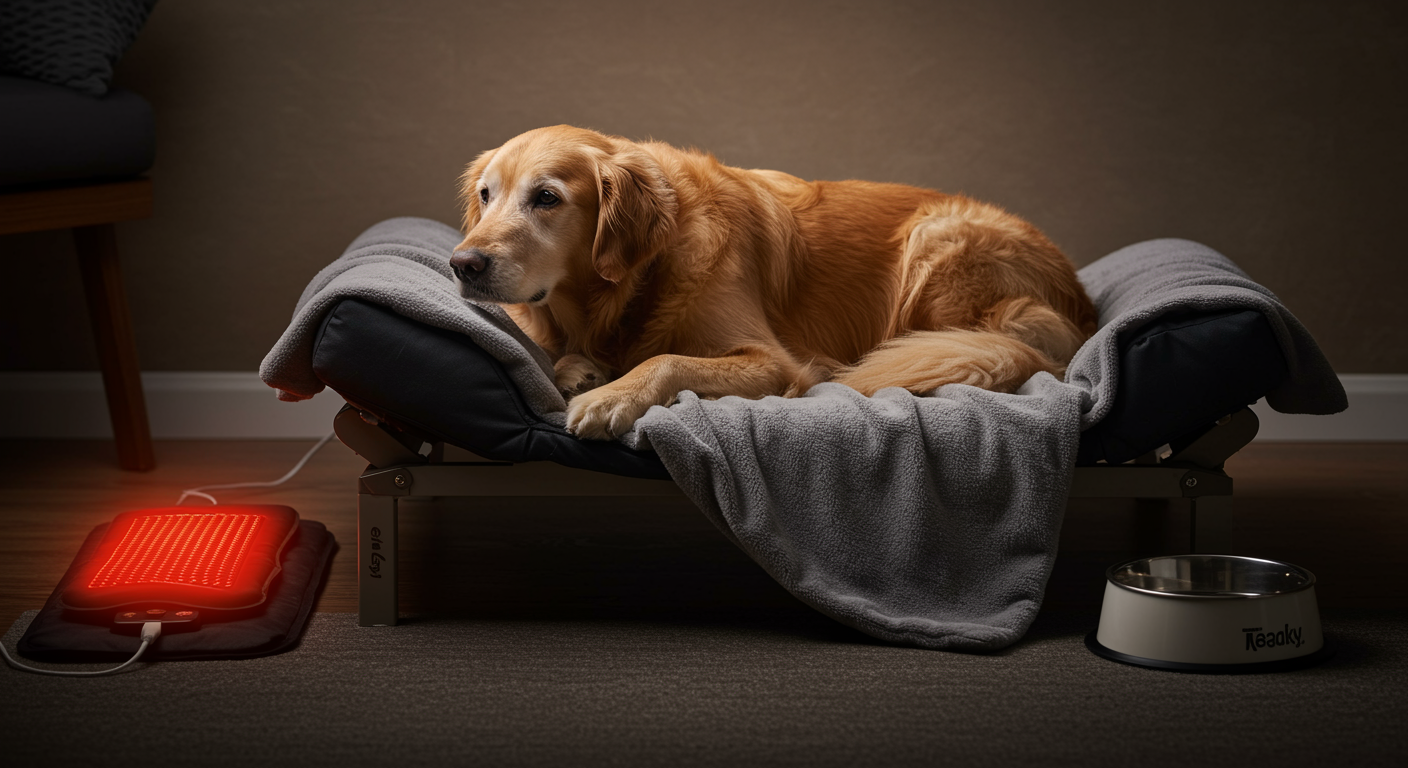
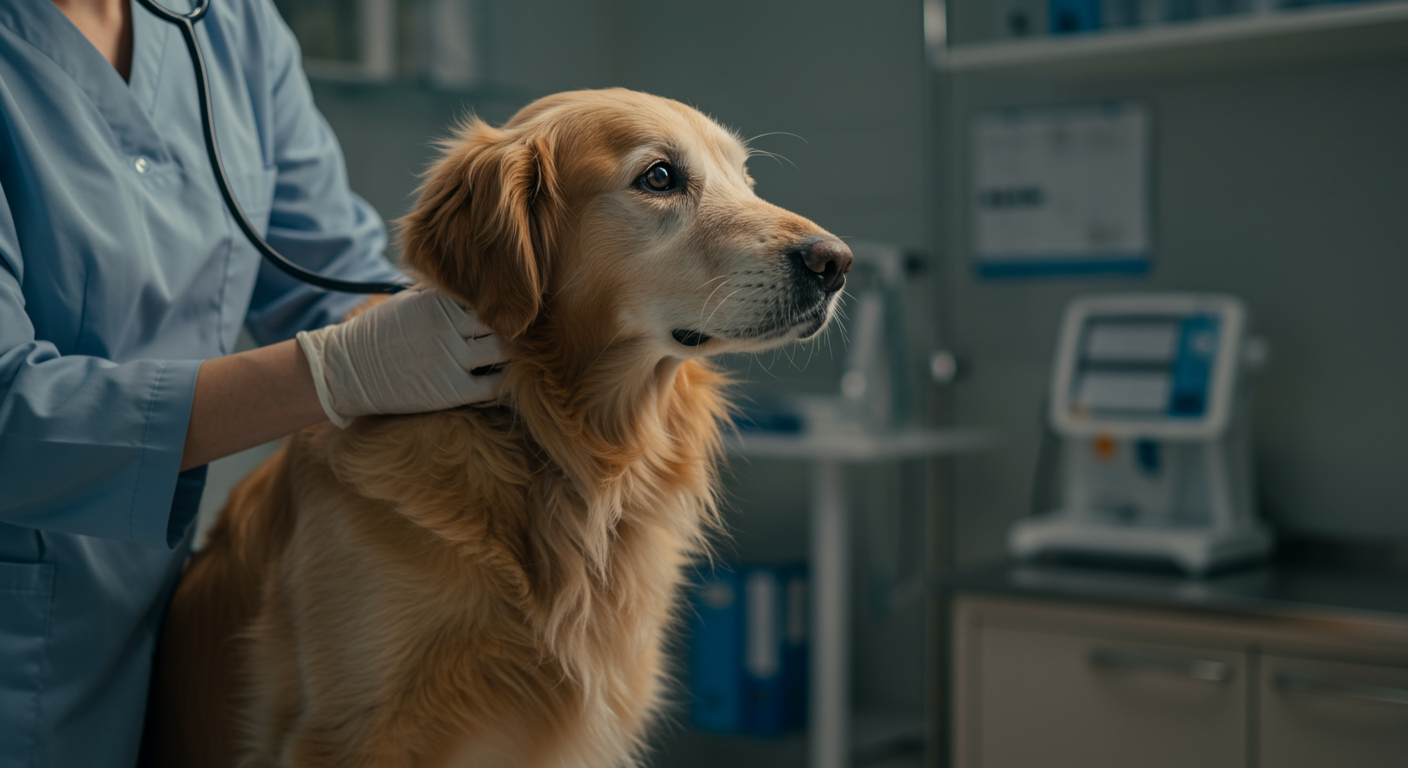
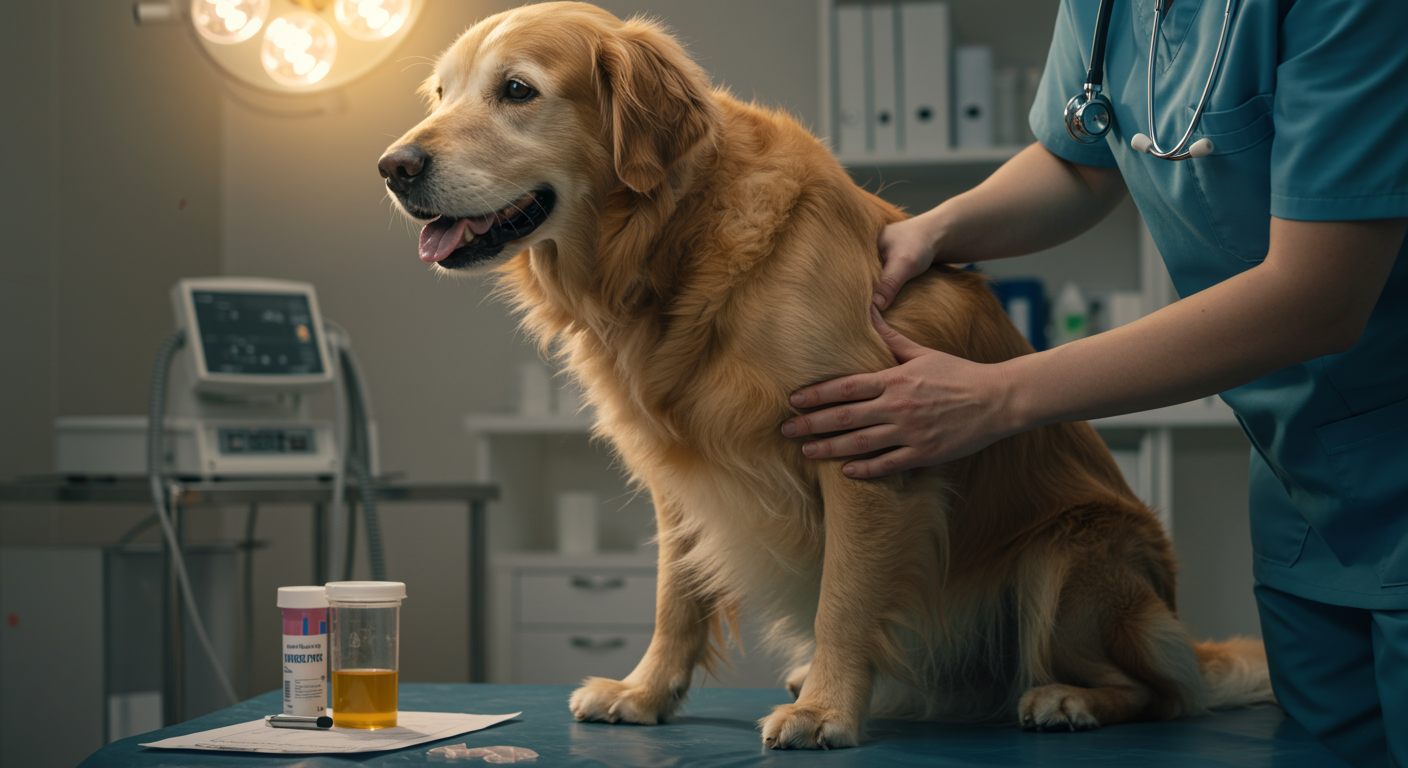
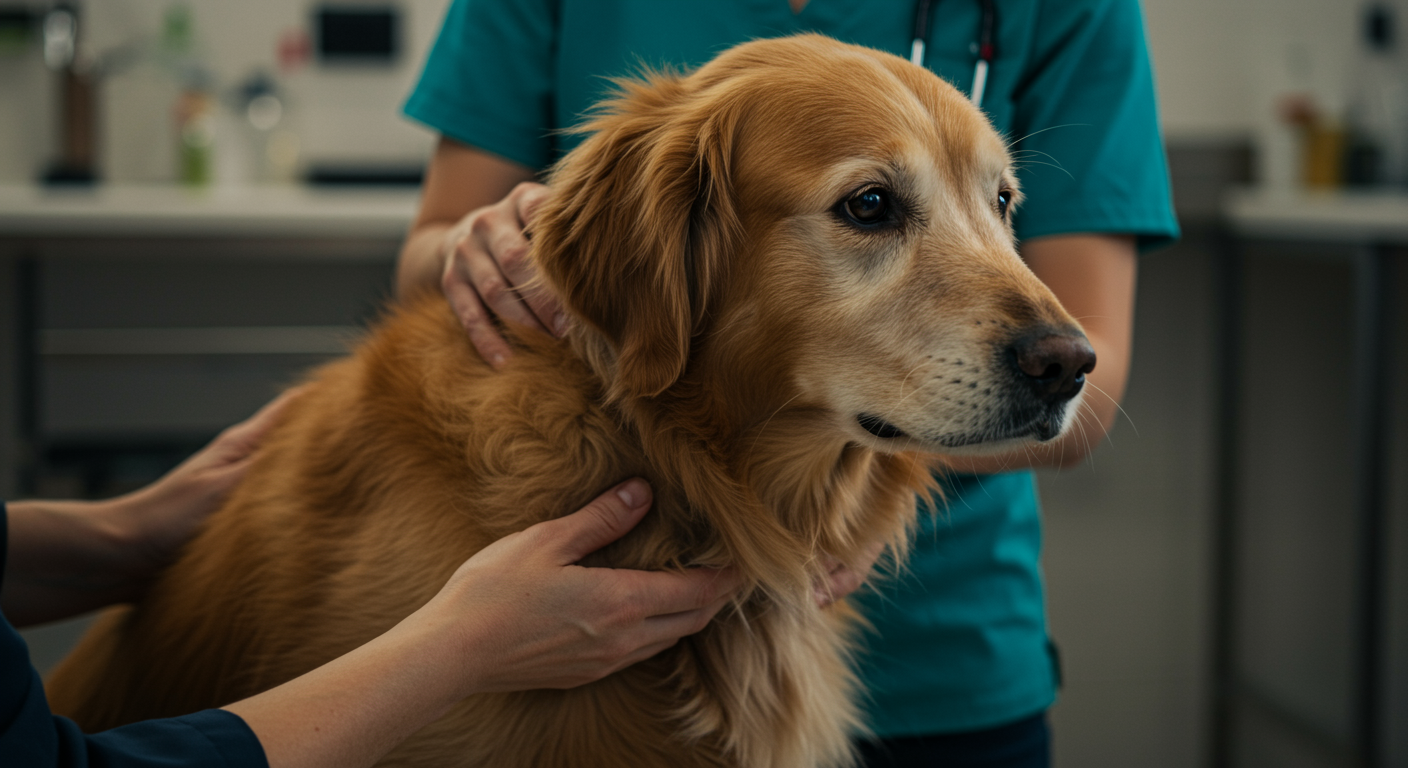
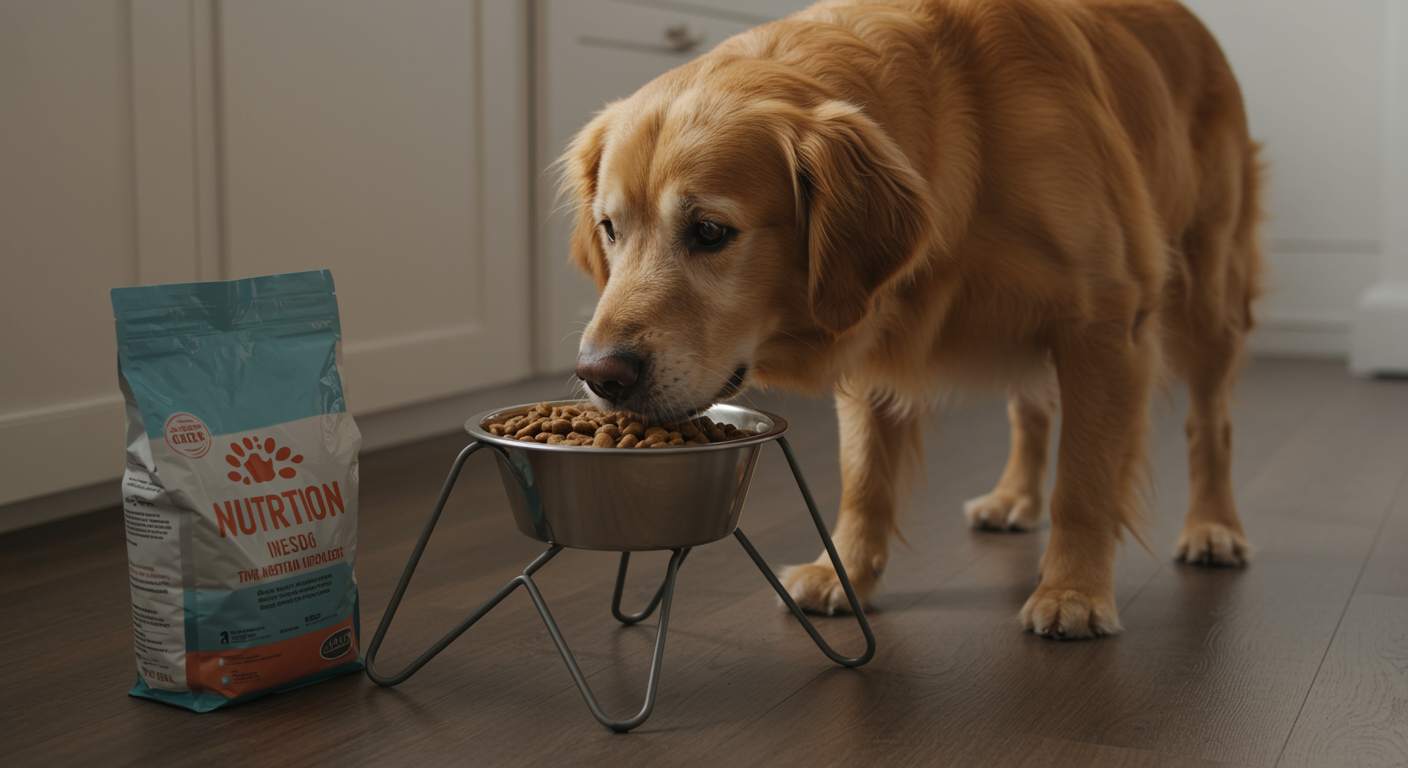
1 thought on “How to Provide Comfort for a Golden Retriever with Arthritis”